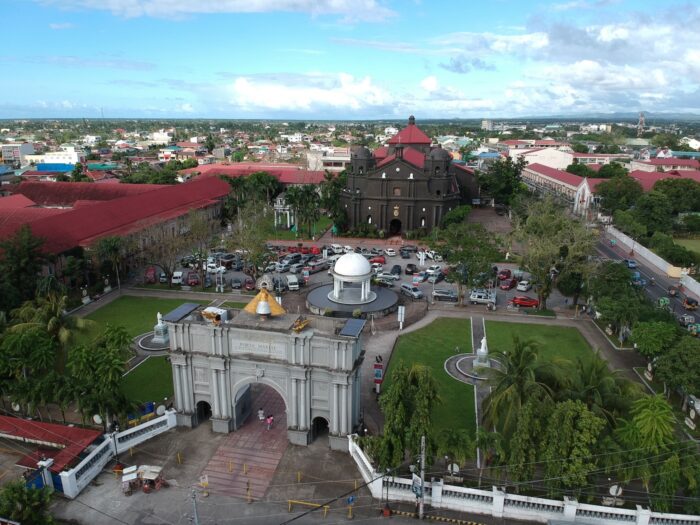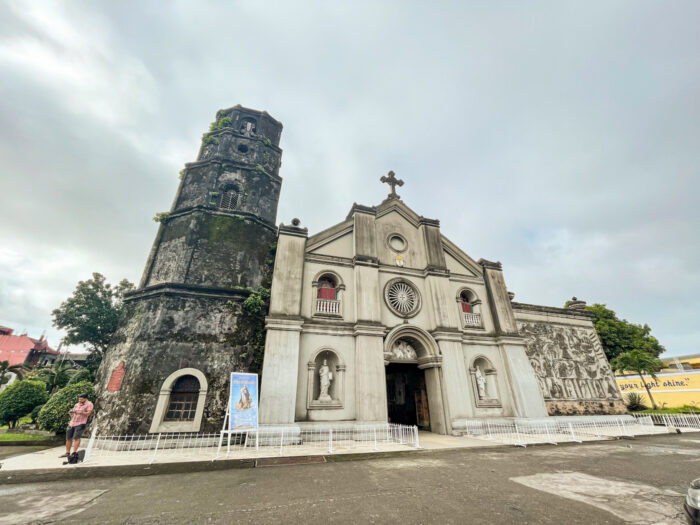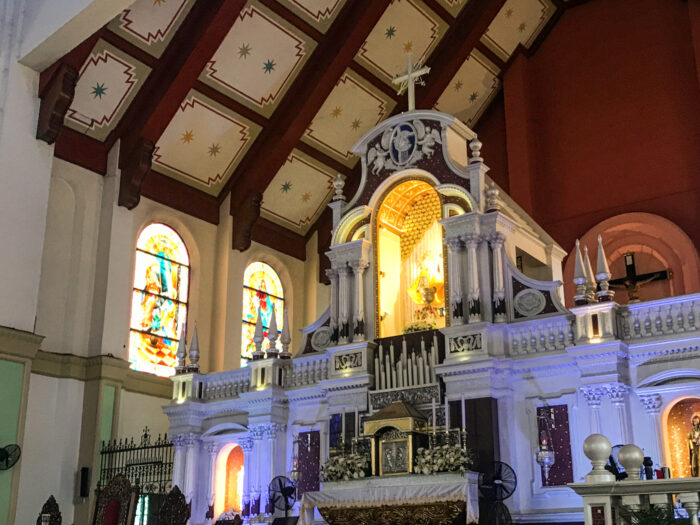7 Churches To visit in Camarines Sur and Albay
On top of the delectable Bicol cuisine, warmth and hospitality of the Bicolanos, wakeboarding and ATV adventures, and the popular natural attractions such as the well-loved Caramoan Islands and Mayon Volcano, the whole region of Bicol thrives in faith tourism. Located at the heart of Region 5 or the Bicol Region, the province Camarines Sur and Albay are known for many iconic and historical cathedrals, churches, and basilicas, which local and foreign pilgrims frequent at.
This is something Bicol takes pride in, especially in a country where the Catholic faith is predominant and where there is a strong tradition of Visita Iglesia, or Church Visitation during the Lenten Season.
In our recent tour with the Tourism Promotions Board that happened alongside their Marketing Enhancement Sustainable Community-Based Tourism Workshop, we checked out the churches in Camarines Sur and the nearby municipalities in Albay that you can include in your own pilgrimage.
Basilica of Our Lady of Peñafrancia
One of the most popular churches to visit in Camarines Sur is the Basilica of Our Lady of Peñafrancia, located at the Pilgrim City and Queen City of Bicol – Naga City. This church houses one of Asia’s most venerated Marian images, Bicol’s “patroness” they call “Ina.” Locals and tourists would flock to the city every 3rd or 4th week of September to join one of the largest Marian celebrations in Asia.
Naga Metropolitan Cathedral

Only less than 10 minutes away from the Peñafrancia Minor Basilica, you can also include Naga Metropolitan Cathedral, formerly known as the St. John the Evangelist Metropolitan Cathedral. The cathedral, whose interiors and Spanish-Romanesque architecture are adored by many, also holds many stories of survival from fire, earthquakes, and typhoons.
The Church of Buhi

Buhi Church or St Francis of Assisi Church is located at Iriga-Buhi Road, Buhi, Camarines Sur. The long history of this church dates back to when it was first built in 1680 and dedicated to the patronage of Sts. Anthony of Padua and Francis of Assisi.
It was destroyed by fire in 1730, rebuilt after 5 years, and was continuously damaged by several earthquakes throughout the decades. At present, it remains an icon to the municipality and to the region that is close and next to another icon…
Click Here to Read the Full Original Article at Out of Town Blog…
